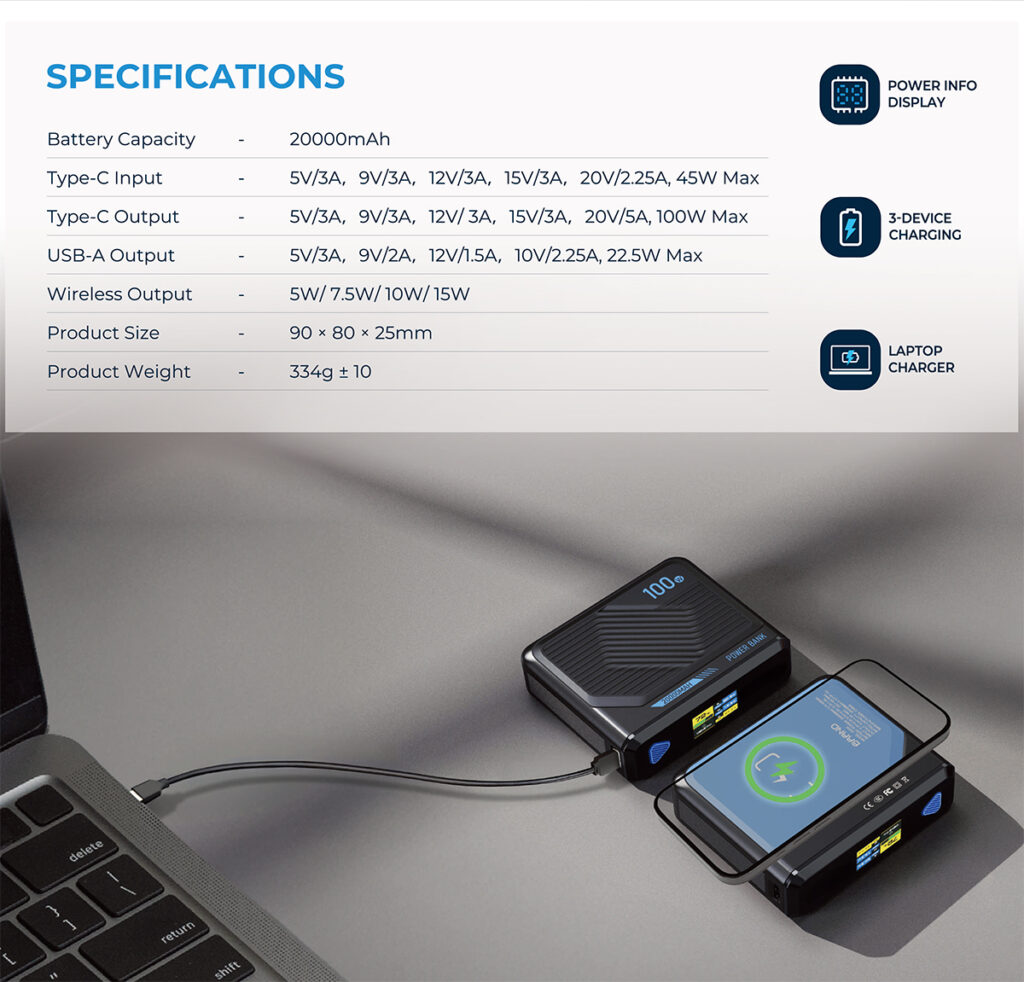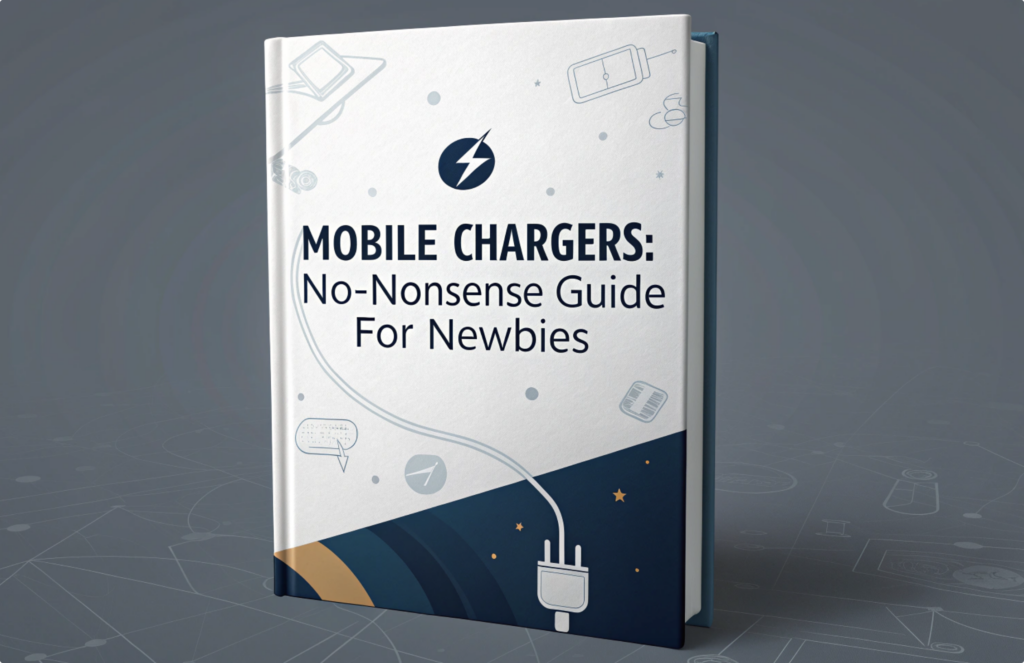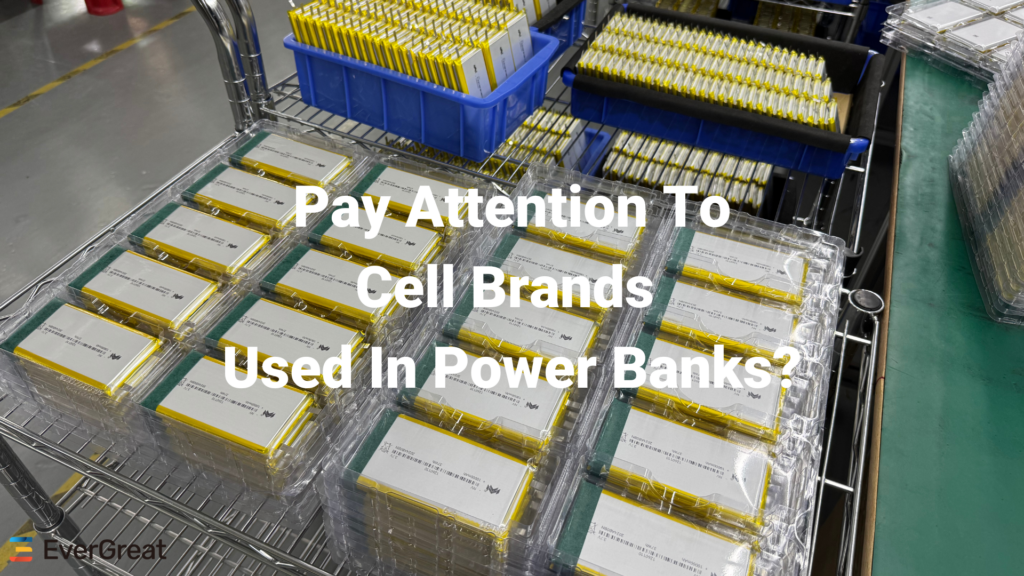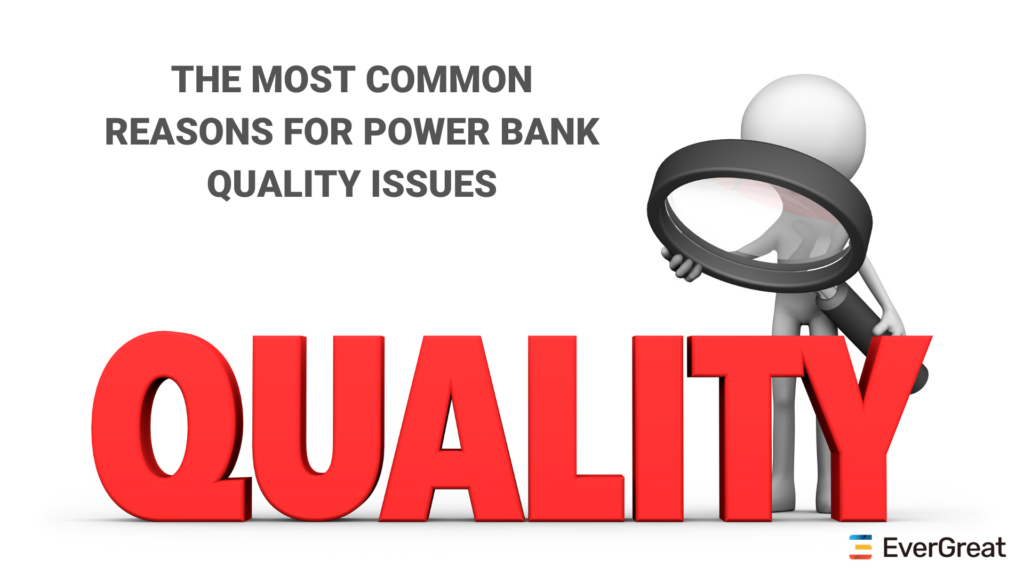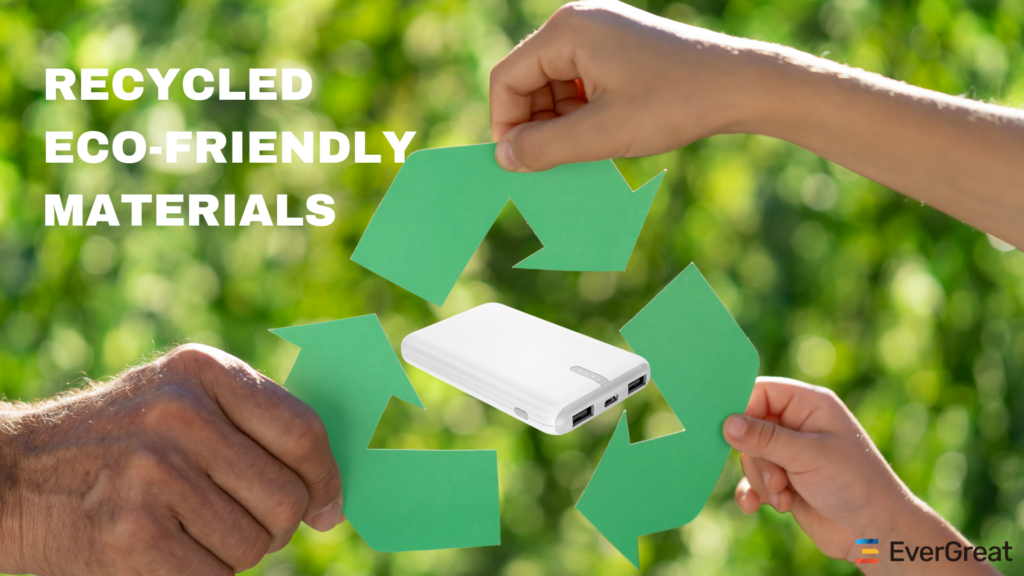In today’s dynamic business environment, mobility and uninterrupted productivity are paramount. Whether your team is working remotely, travelling for business, or conducting presentations on-site, a dead laptop battery can be a significant setback. While smartphone power banks are ubiquitous, charging a laptop from a portable power source requires a more robust and specific solution.
This guide will demystify the process, highlight crucial technical specifications, and offer key considerations for businesses looking to equip their workforce with reliable laptop charging capabilities on the go.
Understanding the Essentials: Why Not Just Any Power Bank Works
Unlike smartphones, laptops demand significantly more power to charge effectively. This isn’t just about capacity (mAh), but critically about output voltage and wattage.
Here are the primary factors to consider when selecting a power bank for laptop charging:
1. Capacity (Measured in Wh, not just mAh):
- mAh (milliampere-hours): While common for phones, mAh can be misleading for laptops because it doesn’t account for voltage differences. A 20,000mAh power bank for a 5V phone is vastly different from a 20,000mAh power bank for a 20V laptop.
- Wh (Watt-hours): This is the more accurate and crucial metric for laptops. It represents the actual energy content (Voltage x mAh / 1000). A typical laptop battery ranges from 40Wh to 100Wh+. To fully charge a laptop once, your power bank should ideally have a Wh capacity greater than or equal to your laptop’s battery. For multiple charges or prolonged use, aim for 1.5x to 2x your laptop’s Wh.
- Example: A 60Wh laptop battery would ideally need a power bank with at least 60Wh to provide one full charge.

2. Output Power (Watts): The Deciding Factor
- Your laptop’s original AC adapter specifies its power output in Watts (W) and Voltage (V). For instance, a common laptop charger might be rated 65W (20V, 3.25A). Your power bank must be able to deliver at least this wattage, and ideally more, to charge your laptop efficiently, especially while it’s in use.
- Insufficient wattage: A power bank with too low a wattage output might only "maintain" your laptop’s current battery level, charge it very slowly, or not charge it at all, especially under heavy load.
- Common laptop wattage requirements: Generally range from 45W for ultrabooks to 90W or even 100W+ for performance laptops.
3. Charging Ports and Technology:
- USB-C Power Delivery (PD): This is the most prevalent and recommended method for modern laptops.
- Versatility: USB-C PD allows for bi-directional power flow and intelligently negotiates the optimal voltage (e.g., 5V, 9V, 12V, 15V, 20V) and current (Amps) required by the connected device.
- High Wattage: Many USB-C PD power banks can deliver 45W, 65W, 100W, or even higher, making them suitable for a wide range of laptops.
- Cable Quality: Always use a high-quality USB-C to USB-C cable rated for the power bank’s maximum output (e.g., a 100W rated cable for a 100W PD power bank).
4. DC Output Ports (with Adapter Tips):
- Some specialized power banks feature a dedicated DC output port, often adjustable to various voltages (e.g., 12V, 15V, 19V, 20V).
- These usually come with a set of interchangeable DC tips to match different laptop charging ports (e.g., Lenovo square, HP blue tip, Dell barrel). This is more common for older or specific laptop models without USB-C charging.
5. AC Outlet (Built-in Inverter):
- These power banks incorporate a pure sine wave AC inverter, allowing you to plug your laptop’s original AC charger directly into the power bank’s standard wall outlet.
- Pros: Universal compatibility with virtually any laptop.
- Cons: Generally larger, heavier, and less energy-efficient than USB-C PD or DC solutions due to the energy conversion loss. Often suitable for outdoor, event, or specific field work where ultimate compatibility is needed.
Step-by-Step Guide: Charging Your Laptop with a Power Bank
1. Identify Your Laptop’s Charging Specifications:
- Check your laptop’s original power adapter: Look for "Output" voltage (V) and current (A), then multiply them to get the wattage (W). (e.g., 20V x 3.25A = 65W).
- Confirm if your laptop supports charging via USB-C. Many modern laptops do.
2. Select the Right Power Bank:
- Based on your laptop’s required wattage and port type, choose a power bank that meets or exceeds these specifications. Prioritize USB-C PD for modern laptops due to its efficiency and convenience.
- Ensure the power bank’s Wh capacity is sufficient for your charging needs.
3. Connect Your Laptop:
- For USB-C PD Laptops: Use a high-quality USB-C to USB-C cable that supports the required power delivery (e.g., 60W or 100W rated). Plug one end into the power bank’s USB-C PD output port and the other into your laptop’s USB-C charging port.
- For Laptops with DC Input: If your power bank has a DC output, select the correct DC tip that fits your laptop’s charging port. Adjust the power bank’s voltage setting (if applicable) to match your laptop’s required voltage (e.g., 19V or 20V). Connect the DC cable from the power bank to your laptop.
- For Laptops with AC Adapters (using a power bank with AC outlet): Plug your laptop’s original AC adapter directly into the power bank’s AC outlet. Plug the laptop’s charging cable into your laptop as you normally would.
- Verify Charging: Look for the charging indicator light on your laptop, or check the battery status icon on your operating system to confirm that it is receiving power from the power bank.
Important Considerations for Buyers (B2B Focus)
When sourcing power banks for your brand, reliability, safety, and longevity are paramount.
- Safety Certifications: Always verify that power banks carry essential safety certifications like UL, CE, RoHS, and FCC. This ensures they meet stringent quality and safety standards, mitigating risks for your employees and equipment.
- Battery Cell Quality: Demand power banks utilizing A-grade lithium-ion battery cells. These offer superior longevity, stable performance over countless charge cycles, and reduced risk of degradation or failure compared to cheaper alternatives.
- Advanced Battery Management System (BMS): A robust BMS is critical. It protects against common issues such as overcharge, over-discharge, over-current, short-circuit, and over-temperature. This protects both the power bank and the valuable devices being charged.
- Durability and Build Quality: For professional use, power banks should be built to withstand the rigors of travel and daily handling. Look for robust casings and quality components.
- Portability vs. Power: Balance the need for high capacity/wattage with the practicalities of size and weight for your users.
- Warranty and Support: A strong warranty and reliable customer support from the supplier are essential for large-scale deployments and long-term investment.
- Bulk Purchasing & Customization: As a B2B buyer, inquire about bulk pricing, custom branding options (e.g., company logo), and tailored solutions to fit your specific fleet or employee needs.
Common Pitfalls to Avoid
- Underestimating Wattage Needs: The biggest mistake is assuming high mAh alone is enough. Always prioritize wattage output for laptops.
- Using Subpar Cables: Cheap or non-rated cables can limit charging speed, damage ports, or even pose safety risks, especially with high-wattage PD charging.
- Ignoring Safety Features: Always choose power banks with comprehensive safety protections.
- Buying Unbranded/Uncertified Products: These often use low-quality cells and lack proper safety features, leading to poor performance, short lifespan, and potential hazards.
Conclusion
By understanding the critical technical specifications like Watt-hours (Wh) and output wattage, and prioritizing safety and build quality, you can select solutions that truly empower your company.
Ready to find the ideal laptop power solution for your enterprise needs? Contact us today to discuss our professional-grade power bank range designed for the demands of business.

